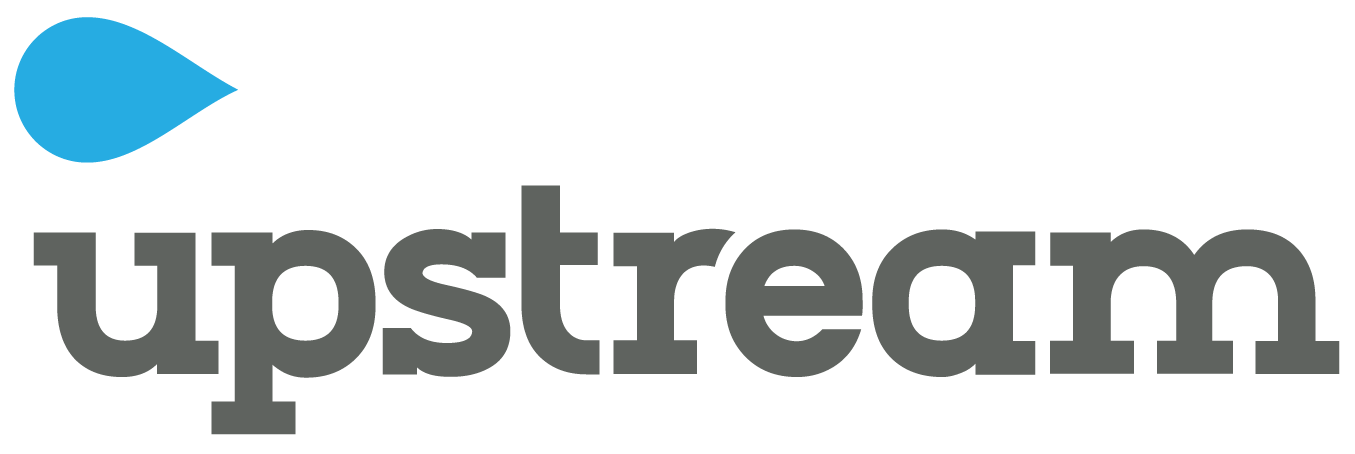Increasing access to education through the eyes of families
The need to strengthen the connection with families has never been more urgent. Education systems can make immediate progress by looking at the experience through the eyes of students and families in order to design successful ways to serve them.
Many administrators and innovators in the world of education are desperately trying to improve the system. Yet, progress is often held back because of the legacy of structures established long ago.
In many ways the current system of education has been designed from an internal perspective - focusing on the operational realities of service delivery. While not uncommon in large systems, this perspective has persisted and has evolved into highly siloed organizations. There’s no doubt these organizations are well intentioned, however, these systems can struggle to approach challenges holistically. Thus it’s no surprise that when innovators attempt to encourage change, the system pushes back and can leave them feeling stuck.
The pressure on these legacy systems is only increasing. New competition, realities of distance learning, and widening socio-economic divides are increasing the calls for action. However, simply building new solutions on top of these fragmented systems will only create new challenges for families, particularly those starting school for the first time. Our families simply can't wait - their needs are urgent right now.
Working across a number of large public organizations including school districts such as the Austin Independent School District, we consistently see that new efforts to increase access need to be anchored to the perspective of families. We need to see the world through their eyes and engage them directly in the solutions we develop.
The current education system can feel fragmented and inefficient, not only for educators, but also for the families they’re trying to serve. Unintentionally, we’ve created a system that can be difficult to access. For families with young children this issue can be even more prevalent. The current structures are built to engage with families inside their system, not those who currently aren’t part of the system but could be. When searching for solutions that might work for them, these families can be left with feelings of confusion that only heighten the anxieties already present in the world of raising young children.
In partnership with the Austin Independent School District, Upstream Thinking has found that it is critical to establish a new foundation based on the perspective of families in order to re-design the ways we serve them. This foundational understanding has proven to be a powerful tool for increasing the access and engagement of our system.
Leaders should explore 3 basic steps to unlock this potential within their organizations:
1. Engage your families and stakeholders in a rigorous primary research effort to understand the steps they go through to engage your system. Most systems are relying on anecdotes or personal experiences to shape their perspectives of what the experience looks and feels like for families. Without a structured body of knowledge, it’s difficult to understand the true experience and even harder to provide evidence for changing it.
2. Describe this new understanding as a framework that can be shared with different groups or departments so everyone has a common reference and understands where they fit. Without any central reference, the nature of our siloed systems results in the creation of multiple narrow views. Each department creates its own perspective and drives its own goals, which only further entrenches the fragmented system.
3. Invite ALL of your stakeholders into the creative process for developing new solutions so their perspective is included. This includes families and students alongside educators and administrators. While this doesn’t mean every stakeholder needs to be in every meeting, to create new holistic solutions leaders must encourage a holistic process that spans the silos in the organization and community. This can be challenging, but without it the system can easily recede back into the comfort of “the way we’ve always done things.”
These approaches will be necessary to make the broad system changes that will be required to innovate long-term issues of access. As innovators in large systems, these structural issues can feel overwhelming. But fortunately, these are also the same approaches that can be applied near-term to make immediate impacts. And when done well, even focused initiatives can quickly unlock a new culture of innovation to support the children and families in our communities.


